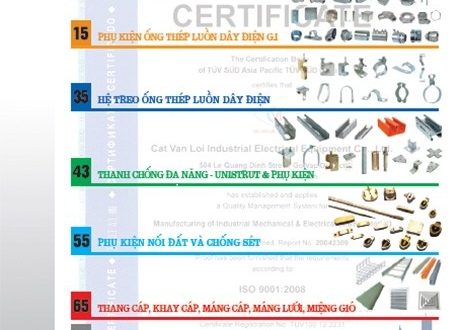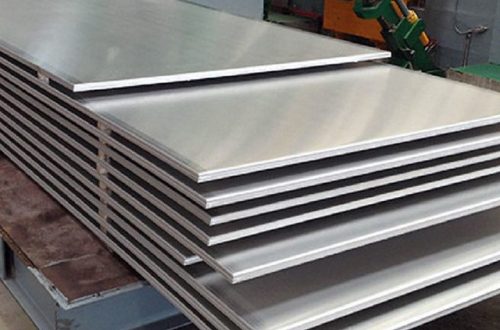What is a Diode?
What is a Diode?
A diode is a two-terminal semiconductor component that allows current to flow in one direction (called the forward direction) but blocks it in the other. Its symbol looks like an arrow pointing toward a line, representing the cathode side of the diode.
In its zero-bias state, the p-n junction in a diode is an insulator diode that prevents the flow of electrons unless a very large voltage potential is applied to it.
Function
A diode is a semiconductor device that lets current flow in one direction and blocks it from flowing in the opposite direction. Its symbol looks like an arrow pointing toward a line and has two pins called the anode A terminal and cathode K terminal. The anode is connected to the voltage source and the cathode is the point in the circuit where current should be flowing. When the anode voltage is higher than the cathode, a diode is said to be forward-biased and it conducts current readily with a relatively low voltage drop.
The basic principle behind the behavior of a semiconductor diode is that of the so-called depletion region at the p-n junction. At this junction, a layer of immobile positively charged donors on the N side and negatively charged acceptors on the P side abut each other. When an external voltage greater than or equal to the built-in potential is applied, mobile electrons from the N side diffuse into the P region, where there is a large population of holes (vacant places for electrons) that they can “recombine” with. This recombination produces a substantial electric current.
The fact that a diode has a built-in potential and requires an external voltage to make it “turn on” means that there is a threshold voltage at which the recombination process is no longer able to occur and at which the diode stops conducting. As a result, the current-voltage curve for a diode is characterized by a flat spot in which the current is substantially zero at zero volts and begins to increase rapidly as the voltage is increased.
Materials
Diodes are based on semiconductor materials, which have properties between those of a conductor that can carry electricity and an insulator that does not. Modern diodes are mostly made of silicon, but the type of semiconductor material used in a particular device depends on its function.
For example, a light-emitting diode (LED) uses a semiconductor that emits light when electrons and holes combine to pass through the p-n junction. The energy released is manifested as light particles, or photons, and the color of these photons is determined by the energy level of the electrons and holes when they recombine.
A laser diode is a special variant of this principle that produces coherent light. This type of light is useful in optical communications and barcode readers, as well as medical equipment like laser surgery.
All diodes feature a pair of terminals known as the anode and cathode. When the device is not energized, the cathode is connected to ground or another point of zero voltage, while the anode is connected to an external power source. In a conventional ram chip forward biased configuration, the current only flows in one direction. When the voltage applied across the anode and cathode exceeds a certain threshold value, this breaks down the barrier and allows reverse current to flow through the device. The threshold is known as the breakdown voltage or Zener voltage.
Design
A diode is a semiconductor device that allows current to flow in one direction but blocks it from flowing in the opposite direction. It’s one of the most common semiconductor components, and you probably have a few in your toolbox or electronics kit.
The most common type of diode is a p-n junction. It consists of one material that conducts electrons and a second material that doesn’t. At the interface between the two materials, a depletion region forms that acts as an insulator and stops the passage of current.
If you apply a positive voltage to the anode side of the diode, the depletion layer disappears and the diode lets current pass through it. This is referred to as forward voltage and is measured on most digital multimeters by connecting the test leads to the diode’s anode and cathode.
If you apply a negative voltage to the anode side of the Diode, the depletion region reappears and stops the passage of current. This is called reverse voltage and is measured on most analog multimeters by connecting the test leads to a diode’s cathode and anode. A well-designed p-n junction can sustain a small amount of current when reverse voltage is applied. It’s not so much current that it’s unusable, but you can expect a little bit of leakage current from a poorly designed diode.
Applications
A diode’s core property of steering current to flow in one direction is a vital safeguard for many electronic devices. Without this unidirectional flow, sensitive components could be exposed to alternating current and voltage reversals. Diodes protect circuits by blocking unwanted voltage spikes and protecting against electrical shorts and overcurrent.
To understand how a diode works, you must know about the p-n junction that makes up the semiconductor material. This is where the p-type layer with positively charged particles abuts the n-type layer with negatively charged particles. At the point where these two materials meet, a depletion region forms. This is an area where holes from the n-type material diffuse to fill in holes from the p-side of the junction, creating immobile ions that prevent electricity from flowing through.
When a voltage is applied to the diode, this creates an electric field that overcomes the repulsion of the majority carriers and allows them to move across the junction. This is known as forward current. In the case of a diode connected to an AC source, the positive half cycle of the DC supply moves the electrons from the cathode towards the plate. The current of the diode is equal to this amount, which is then reversed by the negative half cycle of the AC source. During this period, the diode will not conduct except for a small amount of reverse saturation current.


